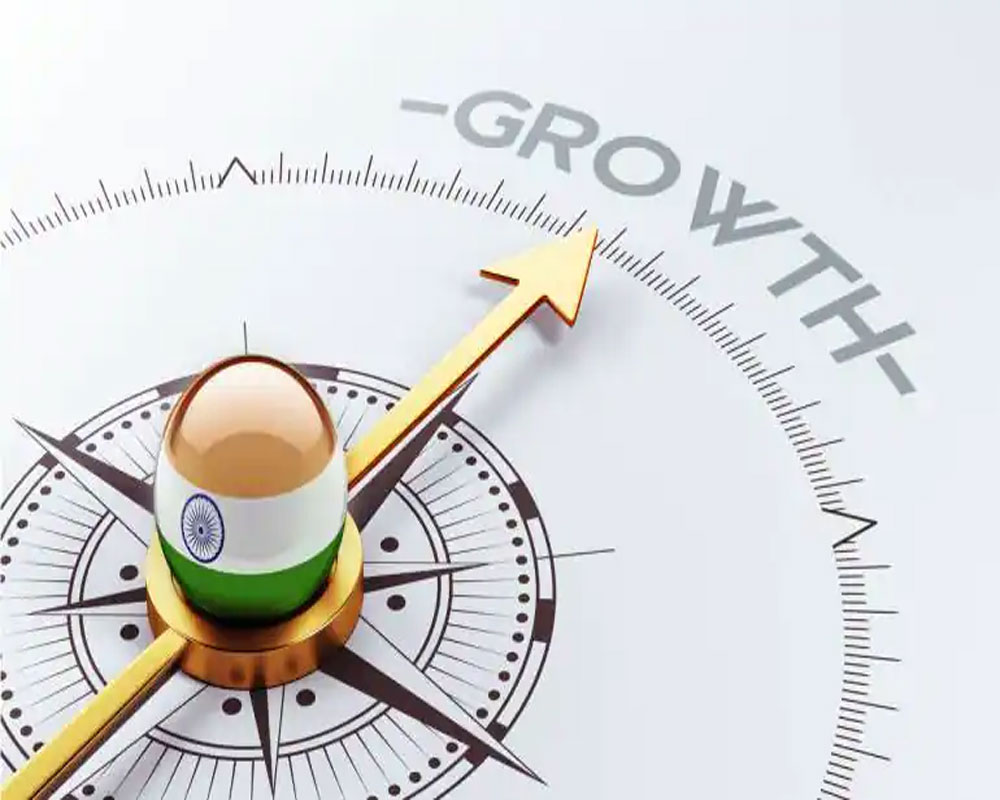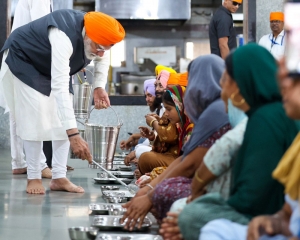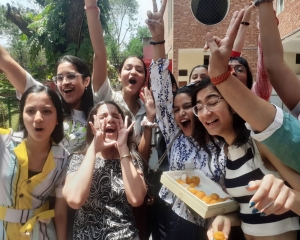Preventable vision impairment in the Indian workforce is resulting in an annual loss of $27 billion to the Indian economy. This figure surpasses losses in nearly all countries, except China and the United States.
A global study highlights the urgent requirement for workplace initiatives that prioritise the well-being of employees, particularly concerning eye safety.
Currently, India is home to 70 million people with visual impairments. Although ocular injuries are preventable, issues related to visual hazards and eye safety at work are significant. Many reported incidents of ocular injuries speak volumes about employees’ apathy in ensuring visual safety practices, the availability, and the use of eye protection glasses by workers.
This situation puts them in a difficult position because workers who lose their eyes are more likely to lose their jobs, and even those who remain employed may experience a drop in productivity.
Overall, sight loss costs the global economy $411 billion every year, said the study by International Agency for the Prevention of Blindness (IAPB), a global alliance of organisations working towards the elimination of avoidable blindness and vision impairment.
No doubt, by investing in eye care and prioritising blindness prevention as public health initiatives, India can alleviate itself and its people from this financial burden in the years and decades ahead.
The study also highlights that 13 million people live with vision impairment related to their work, and an estimated 3.5 million eye injuries occur in the workplace each year, accounting for 1 percent of all non-fatal occupational injuries.
It cautions that as technology transforms the world of work and the future economy will be dominated by service industries and office-based jobs that involve prolonged screen usage.
Without proper precautions, this can lead to eye strain and have a negative impact on eye health. This year’s World Sight Day, held on the second Thursday of October, has the theme “Love Your Eyes at Work,” emphasizing the importance of eye care in the workplace.
The research, led by Kevin Frick from Johns Hopkins University in the US, utilised GNI per capita data from the World Bank to estimate the productivity losses among people aged between 50 and 65 years who had moderate to severe vision impairment and blindness due to uncorrected refractive errors or unoperated cataracts.
An estimated 30 per cent of people with sight loss experience a reduction in employment, with women, people in rural communities and ethnic minority groups among the groups most affected. However, 90 per cent of sight loss is avoidable with early detection and treatment.
Preventing sight loss with early detection and treatment for eye conditions like cataracts and myopia is vital to protect livelihoods and allow businesses to thrive.
“Business leaders have played a vital role in raising awareness of workplace wellbeing, from mental health to menopause,” said Peter Holland, CEO of IAPB and Love Your Eyes campaign spokesperson, in a statement.
“Whether it’s through eye health education, connecting employees with eye health services, adding eye health to insurance plans or adjusting screen settings, there are many ways to build a vision-friendly work environment and create healthier, happier workers,” he said.
Without significant investment in preventative actions, these numbers are projected to increase, particularly in low- and middle-income countries, and in indigenous and remote communities, warned the report.
Visual hazards can come from tools, environment, chemical, heavy light, radiation or physical setting of the workstations may cause vision problems or eye injuries, according to ophthalmologists.
Dr Vanathi Murugesan, Professor of Ophthalmology, Cornea & Ocular Surface, Cataract & Refractive Services, Dr RP Centre for Ophthalmic Sciences, AIIMS, Delhi, called for two main interventions that, she felt, can be of significant effectiveness to avoid workplace trauma.
These include mandatory use of the various types of eye protection devices, along with environmental controls in the workplace and behavioural interventions.
These emphasises on the adoption of best workplace practices of use of eye protection gear, she said in an article titled ‘Vision wellness in occupational safety and health’ published in latest Indian Journal of Ophthalmology.
Dr GVS Murthy, Director of the Disability Centre and Professor at the Indian Institute of Public Health Hyderabad opined that unlike the high-income countries, India’s other unique challenge is that 89.1 per cent of the worker population is in informal employment. “This is a major challenge to deliver services as any employee health benefits do not cover these workers and are more difficult to reach,” he said.
With a population of nearly 1.4 billion citizens, India is an enormous nation with a gigantic economy.
The Government has set the ambitious goal of growing the country’s GDP even further, to US$5 trillion, within the next decade. However, a number of ongoing problems threaten to derail this sweeping economic plan. One of these is the high cost of blindness and visual impairments.
Seva Foundation, a non-profit organization which strongly believes that 'restoring sight is one of the most cost-effective health interventions to reduce poverty'.n its report entitled, “The Social Cost of Blindness in India,” released last year had put the avoidable ocular injury costs at USD54.4 billion at purchasing power parity exchange rates, or 0.6% of GDP, each year. That cost is only likely to grow as India’s population ages and becomes wealthier, it had noted.
Sight-impaired children often face difficulties keeping up with their peers, which may lead to lower earnings when they reach adulthood. Caregivers frequently have to take time off of work to care for their visually impaired relatives or loved ones, said the Seva Foundation in its report.


























